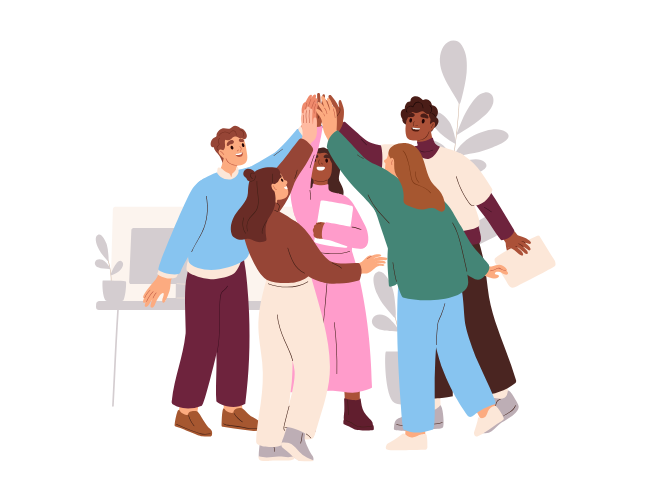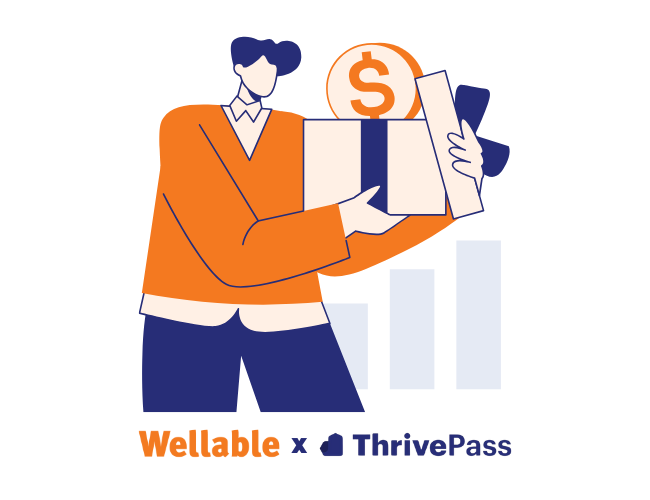Economic uncertainties and organizational changes are reshaping the traditional trajectory of career advancement. As upward mobility becomes limited, many employees find themselves at a standstill in their careers, a situation commonly referred to as ‘career plateaus.’

Career plateaus aren’t just a personal challenge for employees but also a critical concern for organizations. Employee growth brings new skills and ideas, renewed motivation, and increased loyalty. Employers must recognize and tackle career plateaus to sustain a dynamic and dedicated workforce.
Pressed for time? Here’s a quick summary…
- Types of career plateaus: Hierarchical plateauing occurs when upward career advancement is limited; job content plateauing is when employees lack new work tasks and challenges; personal plateauing stems from life circumstances that affect career progression.
- Consequences of plateauing: Career stagnation can adversely affect psychological well-being, decreasing job satisfaction and commitment. This can cause counterproductive work behaviors, such as reduced efforts and acts of sabotage.
- Career mapping: To promote transparency and prevent stagnation, employers should collaborate with employees on planning career paths, setting clear promotion criteria and regularly reviewing progress.
- Growth opportunities: Online courses, mentorship programs, and cross-functional training offer diverse learning experiences and promote continuous development.
- Recognition & support: Create a supportive work environment by recognizing non-promotional achievements and offering flexible work arrangements to accommodate personal issues that may contribute to a career plateau.
Economic & Organizational Context
Amidst the current economic slowdown, many companies are downsizing and restructuring, prioritizing survival rather than expansion. These shifts have led to:

- Reduced traditional career growth opportunities, as promotions and role advancements become less frequent.
- A widespread feeling of stagnation among employees, who find themselves at a standstill in their current roles.
- Decreased employee morale and engagement, as the lack of growth prospects affect overall job satisfaction and commitment to the organization.
These dynamics often lead to various forms of career plateaus.
Types Of Career Plateaus
Identifying and understanding the different types of career plateaus can help employers effectively address their employees’ challenges.

This type of plateauing occurs when employees lack promotion opportunities. This can lead to frustration or disappointment, affecting job satisfaction, loyalty, and well-being.

This type of plateauing is characterized by a lack of new responsibilities and challenges, making work feel routine and monotonous. This can cause boredom, sadness, or anxiety, reducing engagement and increasing turnover.

This type of plateauing stems from individual life circumstances that affect an employee’s career progression, such as family commitments or health issues. This can negatively impact work performance and work-life balance.
Understanding these different types of career plateaus is crucial, as they not only affect individual career trajectories but also pave the way for various adverse effects.
Negative Emotional & Behavioral Consequences

Career stagnation can trigger negative emotions like frustration, dissatisfaction, hopelessness, anger, sadness, anxiety, and disappointment, severely impacting psychological well-being. This can diminish job satisfaction and commitment.
Job plateauing can also manifest as counterproductive work behaviors, such as:
- Reduced effort and engagement
- Negative attitudes towards work
- Acts of sabotage
These behaviors lower workplace productivity and morale.
How Employers Can Help Employees Avoid & Overcome Career Plateaus
Leaving employees to independently navigate career plateaus can exacerbate poor performance and accelerate turnover. Employers must actively foster a culture of continuous learning and transparency to help employees avoid and overcome stagnation.

Clear Communication & Expectation Setting
Collaborate with employees to create career maps, aligning their goals with organizational objectives. This process involves:
- Outlining possible career paths within the organization
- Defining promotion criteria
- Conducting regular one-on-one meetings to discuss progress and obstacles
Visibility into growth opportunities reduces the uncertainty and frustration associated with career plateaus. In scenarios where upward mobility is limited, highlight alternative avenues like lateral moves or role expansions, keeping employees challenged and engaged.
Proactive Growth Opportunities

Create or reimburse opportunities for skill development, such as:
- Online courses: Offer courses with bite-size modules, lasting five to 20 minutes, for easy integration into daily routines. This promotes consistent learning and development.
- Workshops: Interactive workshops provide hands-on skill development and encourage collaborative learning, improving team dynamics.
- Industry conferences & seminars: These events keep employees knowledgeable about the latest trends, research, and best practices in their industry.
- In-house training sessions: Organize sessions focusing on company-specific tools and processes, tailored to team needs.
- Mentorship programs: Mentors provide employees with personalized guidance, hands-on learning experiences, and career insights.
- Cross-functional collaboration: Organize cross-functional training and projects involving various departments to broaden employees’ skill sets and provide them with a holistic understanding of how the company operates.
Supportive Work Environment

Understand and accommodate personal issues that might contribute to career plateaus. Offer flexible working arrangements to maintain performance while supporting employee well-being. Depending on the situation, this includes options for:
- Remote work
- Adjusted hours
- Temporary part-time schedules
Regular Recognition

Sixty-nine percent of employees report that they would work harder if they felt more appreciated at work. When employees are frequently recognized for their efforts, they’re more likely to stay with the company and perform their best because they feel motivated and valued.
Recognition should include various forms of achievement, including:
- Team collaborations & successes
- Project completions
- Personal development achievements, like completing a course
- Special milestones, like work anniversaries












